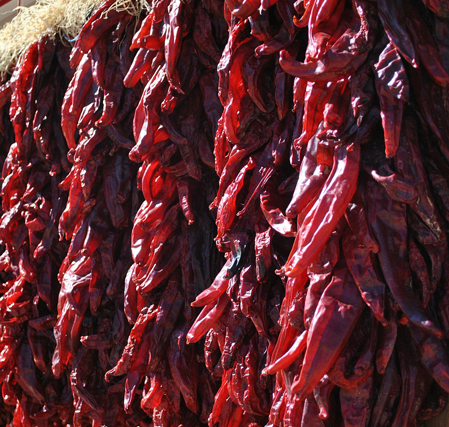I have a pet peeve — restaurant web sites which don’t work.
There is no doubt that it is hard to produce a “good” web site. “Good” means a site that gives people the information they want, entices them to visit the physical business, and doesn’t frustrate them into going away. Every business category is full of examples of bad web sites, but restaurants seem to be particularly vulnerable to the kinds of mistakes mentioned here.
Why is that? There are some common factors that apply to many restaurants and conspire to create a similar outcome. Restaurants are often small businesses, mostly single-location, where the owner-operator wears many hats. There is rarely a full-time marketing person available to guide the choices, and often the web site is produced by the owner, or the owner’s friend or relative.
But even if the owner hires a web design firm, the “who is the customer?” problem rears its ugly head. The web designer’s job ultimately is to make the restaurant owner happy. The owner needs a web site that will attract and keep customers. But it’s very easy for the owner to get caught up in the excitement of the new design, and approve (or request) bells and whistles that seem nifty but add nothing to the overall value of the site (I’m looking at you, auto-playing background music).
One of the hardest things for a web designer to do is tell the customer that less is more. There’s a natural desire to do things that the customer wants to pay you for. After all, the customer is always right, right? But if the customer is caught up in the moment, it’s the designer’s (thankless) job to talk them down and convince them not to go overboard.
That’s the “why”. What’s the “what”? Well, why do you go to a restaurant web site? Here’s why I go:
- Find the phone number
- Find the address / get directions
- Find the hours
- Look at the menu
- Look for current specials
Notice some of the things that aren’t on this list: listen to music, watch a video, look at a 3-year-old coupon, download a gigantic photo of prime rib on the front page instead of any useful information, be frustrated by a Flash-only web site which doesn’t work on my mobile device.
Here are 5 tips that are guaranteed to improve a restaurant web site:
- Make sure the front page of the site prominently displays all of the following (or has a prominent link to the info):
- Hours of operation, including holiday closures
- Phone numbers for: Reservations, Take-out/delivery, general questions
- The address with a link to directions and/or a map
- Links to menu information and specials
- If you do some special preparations (vegetarian, vegan, or gluten-free dishes) mention that fact here
- Resist the urge to make your site a multimedia extravaganza. Remember that the people visiting your site are looking for information and may be somewhere that music would be a frowned upon (an office cubicle, the college library, etc.) If your site is lucky enough to have repeat visitors, they will quickly tire of hearing the same song every time.
- Include your menu. If you have a PDF file of your menu already, that may be useful, but be sensitive to the file size. If the PDF is a printer’s proof, it may contain very large high resolution pictures. Consider making a slimmed-down version. Scans or photos of your menu pages are fine to use, but only if they are of good quality and small file size. A blurry and unreadable photo of your menu is not “better than nothing”.
- Don’t forget mobile users! Especially if you cater to the tourist trade, many of your potential patrons are in a strange city looking for something good to eat. Make sure your site is mobile friendly, with all of the information from (1) on the front page. Above all, No Flash! If you must have a Flash animation, make sure your site detects mobile browsers and treats them differently.
- Stay current! If your site has a section for specials, events, and promotions, make sure to keep it up-to-date. When I see a 3-year-old coupon, my next thought is, “I wonder if these hours are current, or if they are closed on Mondays now?” If your web site uses a Content Management System (a CMS, such as WordPress) then it will be easy for your to update it without knowing web programming. If it won’t be possible to keep the site updated, do your best to screen the content for things that might become dated (like a coupon or posting about an event, or special hours for “the holiday”).
If you put these 5 tips to work, your restaurant web site will instantly be better than most. Don’t believe it? Google a few and see what you get.
Here are a few sites which get it right:
- Frontier Restaurant: http://www.frontierrestaurant.com/
- Pizzeria Luca: http://www.pizzerialuca.com/
- Lumpy’s Burgers: http://www.lumpysburgers.com/
If you want help creating, hosting, or tweaking a restaurant web site, please drop us a line via our contact form or give us a call at 505-232-7992.
